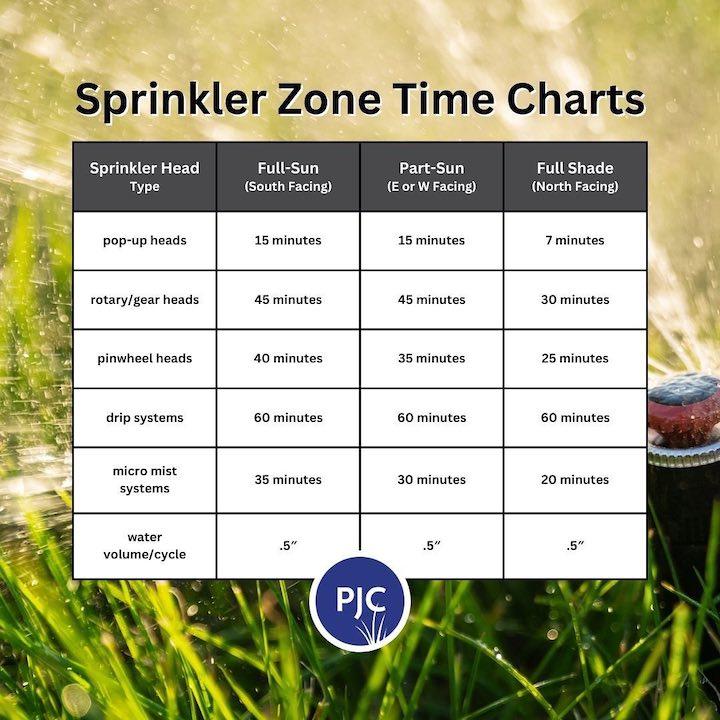Late Summer Turf Tips for Organic Lawn Success
As the intense July heat winds down and we head into the prime turf growing season, now is the time to optimize your efforts for lush, green, organic grass. Don’t skip a beat these next few weeks — capitalize on the season and set yourself up for your best lawn results yet. Check out our 10 late summer turf tips to help you transition out of summer and finish the season strong.
1. Perform an Irrigation Audit
If you’re irrigating, test and inspect all irrigation heads to ensure maximum coverage. Also, account for natural rainfall—water is a precious resource! Efficient watering helps both established turf and germinating seedlings take root and push vigorous shoots.
Want more details? Read our blog on Best Watering Practices.

2. Repair Trouble Areas
Bare soil invites weeds. Repair problem spots by using a 60/40 loam-compost blend mixed with seed. Whether it’s a high-traffic goalmouth or a waterlogged backyard area, premix seed with your topdressing and give those patches some TLC. Use a 2″x4″ board or leveling rake to blend repairs with surrounding turf.
✔ Consistency is key—trouble areas should be addressed every season.
3. Sharpen Mower Blades and Clean Decks
Sharpen your mower blades every 25 hours of use to prevent turf damage and disease. White-tipped grass is often a sign of dull blades tearing the grass instead of cutting it.
✅ Keep grass at a minimum height of 3″ (preferably 3½”–4″) to crowd out weeds.
✅ Return clippings and clean mower decks between sites to avoid disease spread.
📖 More mowing tips: What Height to Mow Lawns and Athletic Fields | Best Mowing Practices
4. Conduct a Soil Test
Test your soil every 3 years — ideally 6 weeks after your last fertilizer application and before any late summer treatments.
🔍 Soil test with PJC Organic for easy, tailored product recommendations.
5. Core Aerate
Begin core aeration once turf is actively growing—typically August 1st on irrigated lawns or August 15th on non-irrigated ones. Use hollow tines, not solid ones, to alleviate compaction, improve water infiltration, and create pore space for strong root development. Remember to clear aerator tines between properties to avoid the spread of weeds.
6. Over Seed
Grass seed = natural weed control. Take advantage of freshly aerated soil to introduce new seed and build a vigorous, resilient turf stand. PJC carries premium grass seed blends at competitive prices.
🌱 Late summer is the best time to establish grass from seed!
7. Charge the Soil
Apply PJC ProHealthy Turf CHARGE-S3 right after aerating to deliver essential nutrients straight to the root zone.
🔬 CHARGE-S3 contains:
- Biochar
- Molasses
- Kelp
- Animal & plant proteins
- Carbohydrates to fuel microbial life
It kickstarts microbial activity and primes your soil for long-term fertility.
8. Fertilize
Apply PJC ProHealthy Turf Organic Fertilizers a few weeks after CHARGE-S3 (or simultaneously if you’re short on time). These organic fertilizers provide balanced nutrition for both the soil and turf. We offer a wide range of blends to meet your annual fertility goals. Contact us for pricing.
9. Apply Calcium
Calcium is a key macronutrient often overlooked. It plays a crucial role in soil structure, nutrient uptake, and pH balance. Choose your soil amendment solution based on your soil’s needs:
- High Efficiency Lime – raise pH
- Gypsum – chemically alleviate compaction
- Boost+S3 – chelate nutrients and increase cation exchange capacity
Note: Apply before the ground freezes (by October 15th).
10. Scout and Treat for Grubs
Scout between mid-August and mid-September. Cut and lift a 1 sq. ft. turf section and check 3–4″ deep for grubs. A healthy lawn can tolerate some grubs, but if you count 7+ per square foot, spot-treat affected zones with Cedar Cure.
⚠ Don’t treat the entire lawn—only borders or affected zones (< 1,000 sq. ft.).
📖 More grub tips: Beetle Activity Alert: Grub Season is Underway
Closing Thoughts
Late summer is your turf’s turning point. Take full advantage of this window to revitalize your lawn the organic way. From soil tests and aeration to smart seeding and targeted nutrition, every step makes a big difference in turf health and appearance.
At PJC Organic, we’re here to support landscapers, towns, and schools with expert guidance and trusted products. Implement these late summer turf tips and finish the season stronger than ever.
👉 Have questions on product selection or need help building a program? Contact us today!
